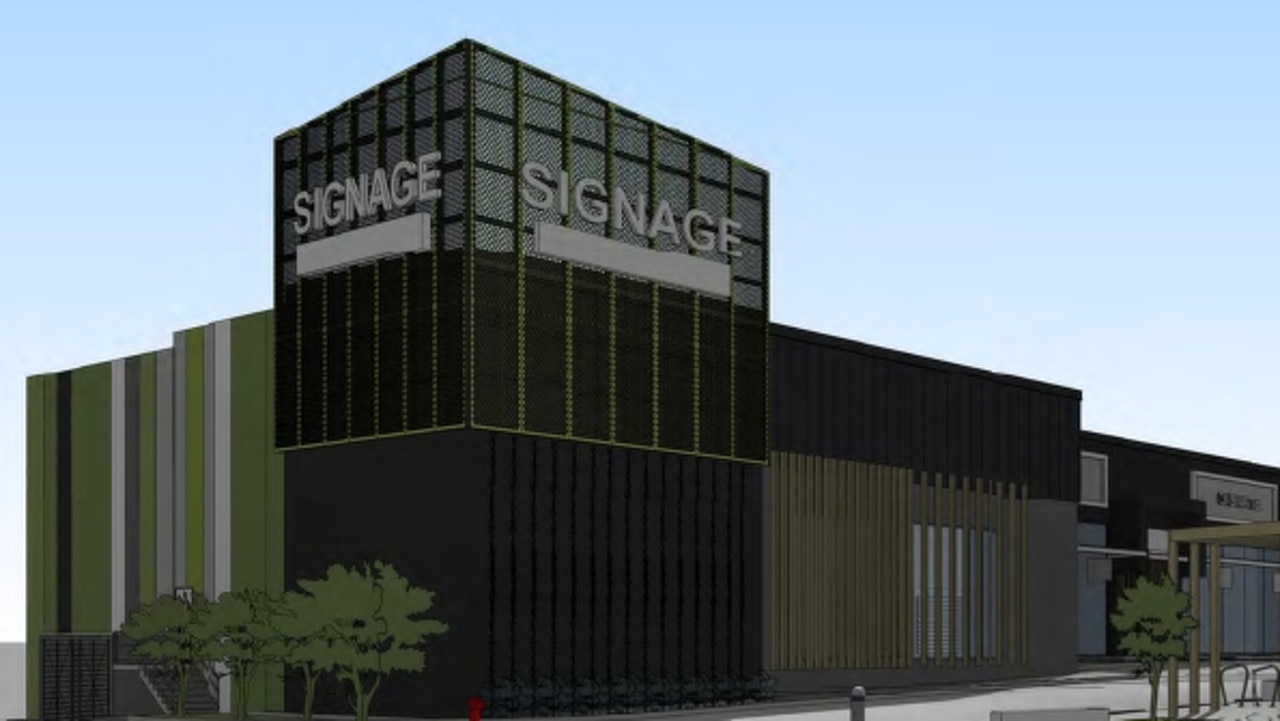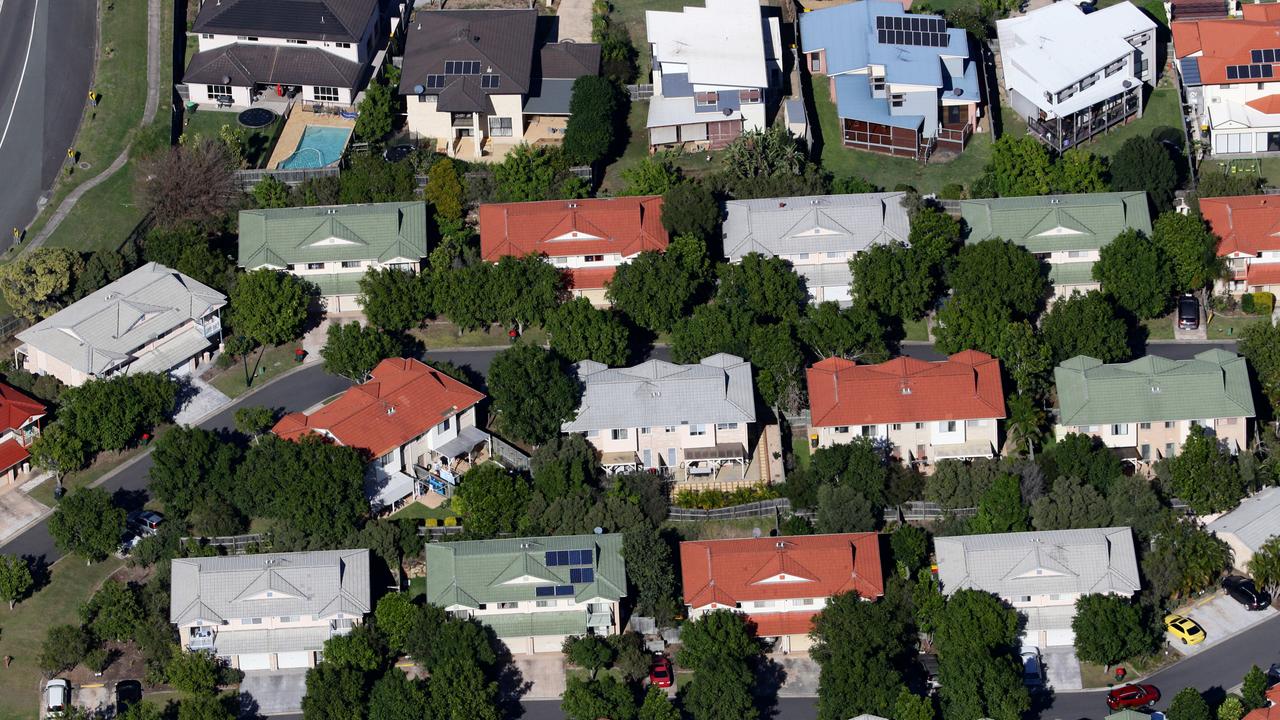$164k wiped off house prices, buyers disappear: Proof property boom is dead
The Brisbane property boom is officially dead with house prices plummeting up to 41 per cent in just three months and auction clearance rates tumbling.
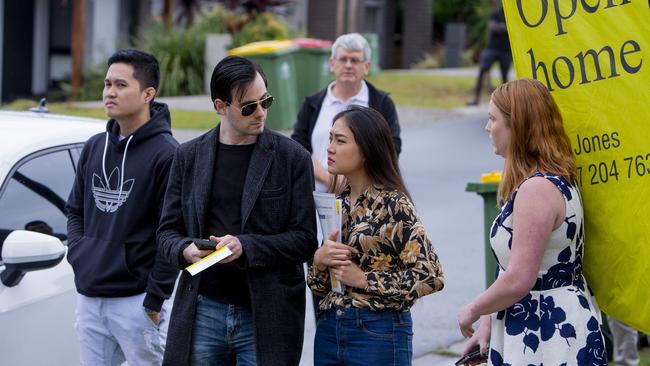
Property
Don't miss out on the headlines from Property. Followed categories will be added to My News.
The boom is over for Australia’s leading property market with Brisbane suburbs that were in the grip of FOMO madness just eight months ago, now seeing home values drop by as much as 41 per cent in three months while Greater Brisbane has recorded two consecutive months of negative price growth.
The heat has also come out of the auction market with Brisbane auction clearance rates as low as 33 per cent this month after regularly tracking above 70 and 80 per cent during the boom.
Greater Brisbane has seen 97 suburbs record negative house price growth over the three months to the end of July, according to property data analyst, PropTrack.
But despite the downturn, the city still leads the nation for annual house price growth, recording 21.26 per cent growth in the past 12 months and property analysts say Brisbane’s strong economic fundamentals will see home values rise in 2024.
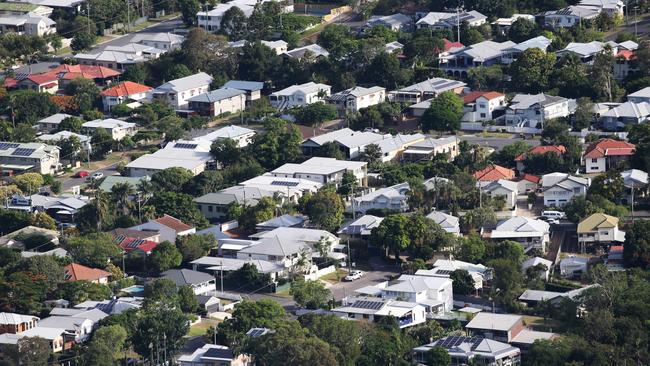
Brisbane’s south leads the current downturn with 47 suburbs reporting falls, including the 2021 hot spots of Camp Hill, Norman Park, Coopers Plains, Morningside, Coorparoo, Tarragindi, Hawthorne, and Holland Park West, which have reported declines of between 4.6 per cent (Camp Hill) and 27.6 per cent (Holland Park West).
SCROLL DOWN FOR THE 20 MOST AFFECTED SUBURBS
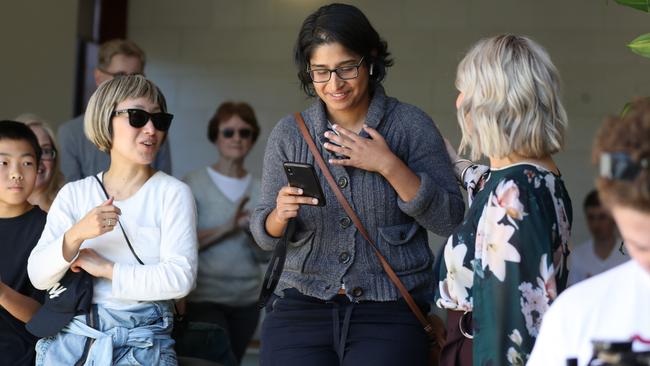
And in signs that the current downturn could wipe out gains made during the boom, four suburbs in Logan/Beaudesert, Moreton Bay North, Ipswich and Brisbane’s inner ring are already between 3.9 to 14 per cent behind where they were 12 months ago.
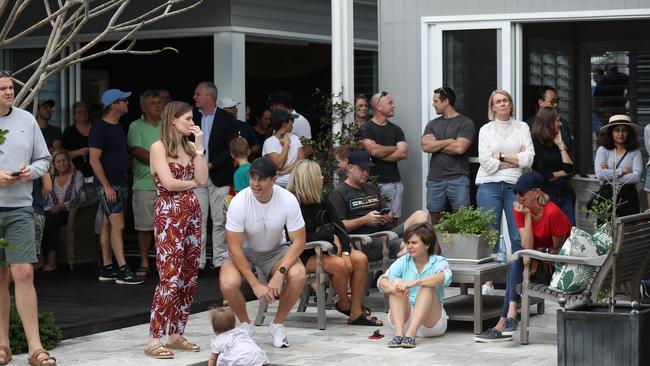
“We have seen the RBA lift the cash rate and banks are responding and following on with an increase in their rates and some people with mortgages have never known interest rates to rise,” Real Estate Institute of Queensland CEO Antonia Mercorella said.
“So it is not surprising that that is slowing things down a bit which is the intention of that activity.”
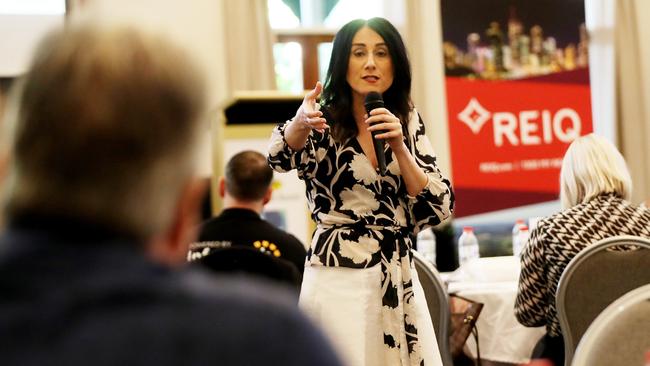
The biggest price shock is in Brisbane’s west, where Chelmer has reported a 41.2 per cent fall over three months, however Brisbane’s west is also home to the most prosperous suburb with Corinda recorded a 57.5 per cent increase in three months.
5 reasons you should go to auction this spring
The news is good for buyers priced out of the market last year with an analysis of banking data showing Brisbane’s median house price is forecast to drop by $164,667 between now and the end of 2023.
“On the bright side, this is a better time for buyers,” Aus Property Professionals founder Lloyd Edge said.

“It’s not healthy for a market to be always increasing. It’s nice to have equity flowing. When prices come back a bit, that’s a good time to buy. In a bullish market it’s hard and people start overpaying and then they run the risk of having negative equity in the property.”
But the reprieve for buyers will be short-lived, with ANZ bank forecasting home values to rebound in 2024 as Brisbane’s median house price climbs to $755,652 by the end of that year.
Property experts are quick to stress that this is not a typical ‘boom and bust’ cycle.
“There’s a lot of fear that the market is turning and we’re heading off the cliff,” Ms Mercorella said.
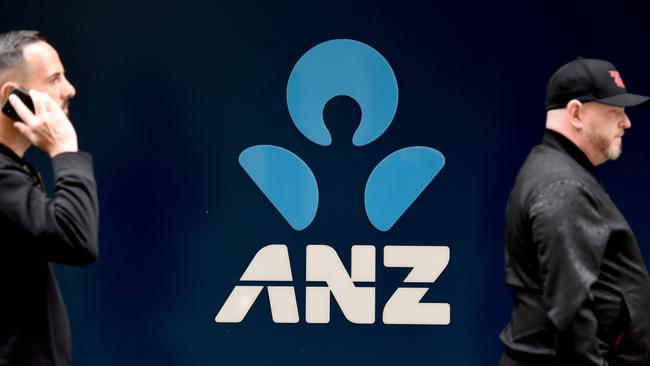
“It’s the thinking that if we’ve been through a boom then here we are at the bust stage. But the fundamentals are still very good. We are still in a low interest rate environment.”
Brisbane’s continued low median house price relative to Sydney and Melbourne, the economic boost from record interstate migration, and Brisbane’s future date as host city of the 2032 Olympic Games, are all expected to soften the downturn with forecasters estimating Brisbane will see a home value drop of between eight and 12 per cent.

But a continuation of interest rate rises next year, coupled with the end of low-interest fixed home loans for thousands of Australians could be a tipping point.
“And let’s be honest, the Reserve Bank Governor publicly stated (in October 2021) that interest rates would not go up until 2024 and the reality is that was untrue and that would have taken some people by surprise,” Ms Mercorella said.

“We might see some people go into mortgage stress and they might be forced to sell. Yes, that is a very real possibility.”
Streamline Property Buyers managing director, Melinda Jennison, said if forced sales were to occur, they would happen first in outer suburbs and areas popular with investors.
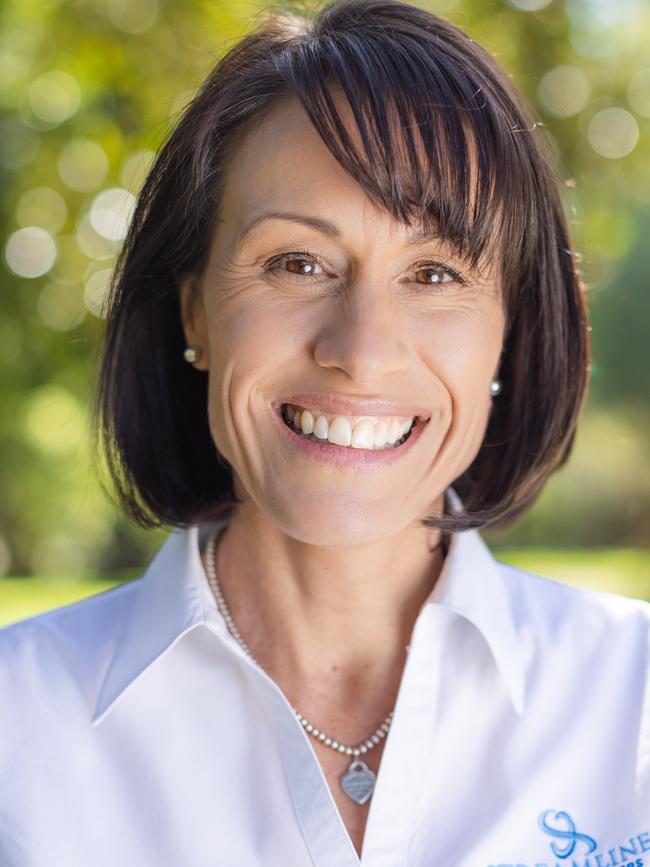
“I don’t expect to see forced sales in Brisbane, certainly not in inner-city locations,” Ms Jennison said.
“Investors targeting high yields who may not be achieving higher yields (may consider selling), as well as homeowners in low income areas where the demographic group doesn’t have the capacity to service a loan with a higher interest rate.
“What I expect will happen is that people will make some lifestyle changes and instead of going overseas, they might holiday locally. That is what we all do. If you’re buying in a location that is dominated by owner-occupiers, they are not going to sell unless they are in a real predicament. They will do everything they can to save before listing their home for sale.”
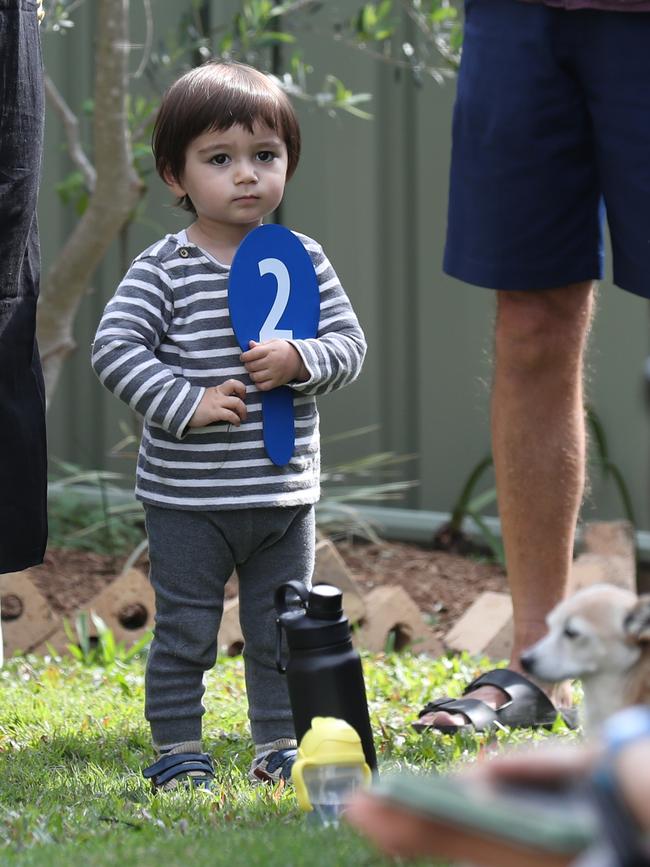
In the meantime, the home buying intentions of Australians more broadly has declined by 7.3 per cent in July, according to Commonwealth Bank of Australia’s Economic Insights data, and is now down 26.4 per cent for the year, relative to July 2021.
CBA chief economist Stephen Halmarick said Australians should expect another 75 basis points of interest rate increases before the end of this year to take the cash rate to 2.6 per cent.
“So that means a 2.5 per cent rise from May to November. It’s a pretty quick rate rise and that’s going to affect fixed rates as well,” Mr Halmarick said.

“We think interest rates will stop rising at the end of this year and interest rate cuts will resume again toward the end of next year but the main thing to watch in that period between the last rate rise and the cut is there’s a large pool of people with fixed rate mortgages that will need refinancing from when they took out their mortgages in late 2020 and early 2021 and that (interest rate rise) will affect them when their fixed rate period finishes.”
SUBURBS WHERE HOME VALUES HAVE DROPPED THE MOST
(change in median price over three months)
Chelmer (-41.2 per cent) to $1.7m
Holland Park West (-27.6 per cent) to $1,187,500
Karana Downs (-25.6 per cent) to $702,500
Manly (-23.4 per cent) to $1.225m
Tarragindi (-22.8 per cent) to $1.301m
Gleneagle (-20.5 per cent) to $580,000
Red Hill (-20.01 per cent) to $1,467,500
Sunnybank Hills (-16 per cent) to $911,000
Bongaree (-15.5 per cent) to $735,000
Booval (-15.4 per cent) to $420,500
Hawthorne (-14.9 per cent) to $1,802,500
Upper Mount Gravatt (-14.7 per cent) to $950,000
Ormiston (-13.1 per cent) to $1.02m
Aspley (-12.9 per cent) to $940,450
Burpengary East (-12.9 per cent) to $825,000
Upper Caboolture (-11.9 per cent) to $585,000
Coorparoo (-11.3 per cent) to $1.395m
Mount Gravatt East (-11 per cent) to $1m
Everton Hills (-10.4 per cent) to $874,000
Kenmore (-9.8 per cent) to $1.1m
Source: PropTrack Market Trends Suburbs report for August 2022
Originally published as $164k wiped off house prices, buyers disappear: Proof property boom is dead

